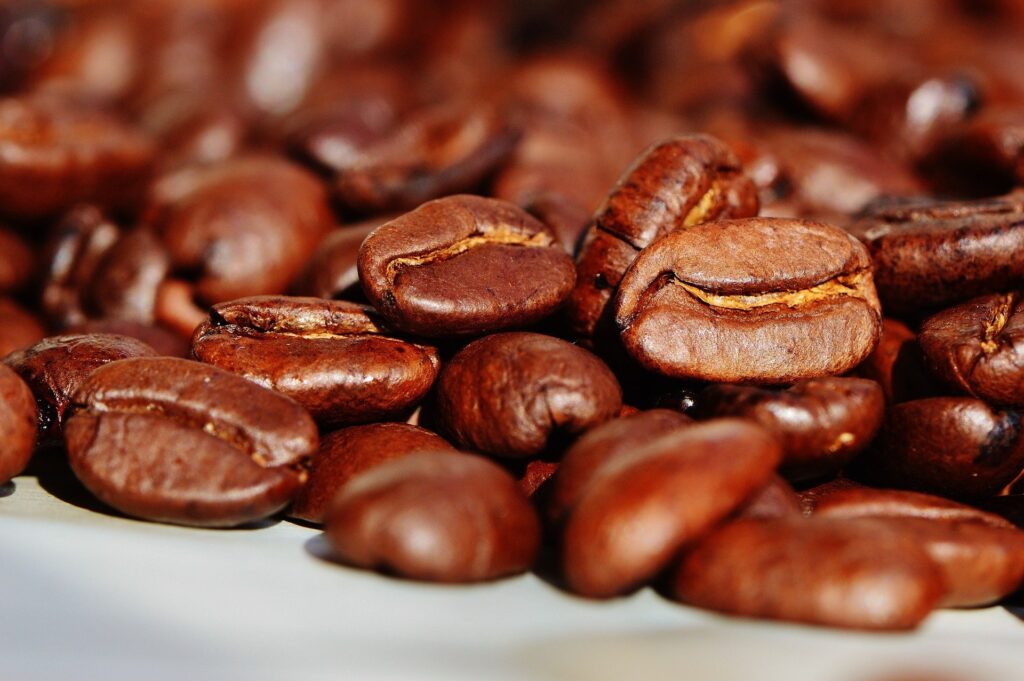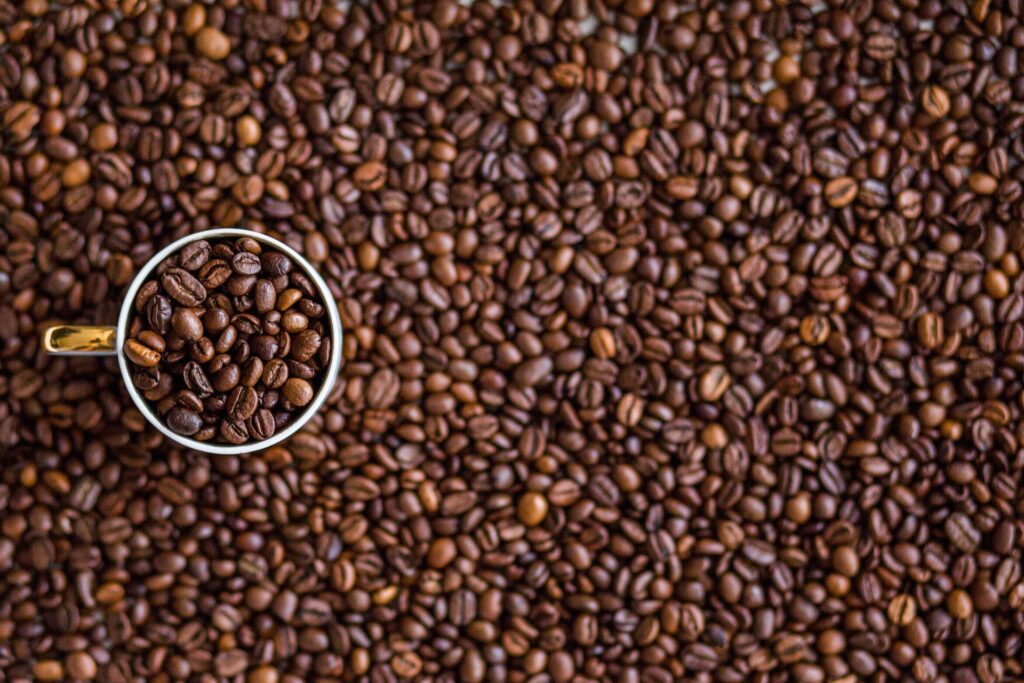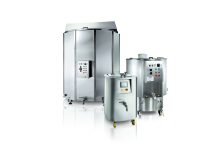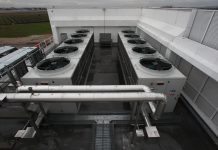 Effects of coffee origin, roasting and storage techniques on coffee polyphenols.
Effects of coffee origin, roasting and storage techniques on coffee polyphenols.
Coffee is a rich source of bioactive compounds, especially polyphenols, such as chlorogenic acid (present in green beans) and caffeic acid (present after roasting). In a recent study conducted by a group of Polish researchers (Król et al., 2020), the effects of the type of cultivation (conventional or organic), roasting (light, at 190°C for 25 min, medium, at 220°C for 25 min, or dark, at 250°C for 25 min) and storage (up to 12 months at 5°C) on the polyphenolic profile of coffee beans belonging to the Arabica variety were analysed.
This profile was analysed using liquid chromatography (HPLC). The results indicate that all parameters considered influence the content of coffee polyphenols. The highest level of bioactive compounds was determined in the samples subjected to light and medium roasting. In particular, it has been observed that the amount of caffeine is significantly influenced by the degree of severity of the latter process.
In addition, organic coffee beans have higher concentrations of total phenols, phenolic acids and flavonoids than conventional coffee beans. In general, a decrease in polyphenolic compounds is observed during the 12-month storage period, linked to the degradation of chlorogenic acid, which affects the total bio-activity of the product. In conclusion, the study provides useful information that the sector’s industry can use for the development of high quality coffee.
 Detection of coffee berry necrosis by digital image processing and artificial intelligence.
Detection of coffee berry necrosis by digital image processing and artificial intelligence.
Coffee berry necrosis is a fungal disease that, at a high level, significantly affects coffee productivity. With surface mapping satellites, now it is possible to obtain information about crops on a time scale pertinent to the monitoring and detection of plant phenological changes. In this context, the aim of a recent study conducted by a group of Brazilian researchers (Miranda et al., 2020), was to define the best machine learning algorithm that is able toclassify the CBN incidence from satellite images (Landsat 8 OLI).
In particular, the images were acquired at dates closest to the sampling of field data for the analytical determination of CBN. The images were classified using three machine learning algorithms: Random Forest, Multilayer Perceptron and Naive Bayes. The study was able to demonstrate that the proposed approach is useful for monitoring CBN development in crops, albeit with an accuracy of less than 0.60.
According to the authors, it is possible to increase the value of the latter parameter with a more robust database of samples, derived from other coffee crops. Further investigations are therefore needed in this direction, using the algorithms which gave the best classifier performance (i.e. Naive Bayes and Multilayer Perceptron).
References: Król et al., European Food Research and Technology, 246, 2020, 33-39, J.d.R. Miranda et al., International Journal of Applied Earth Observation and Geoinformation, 85, 2020, 101983.



